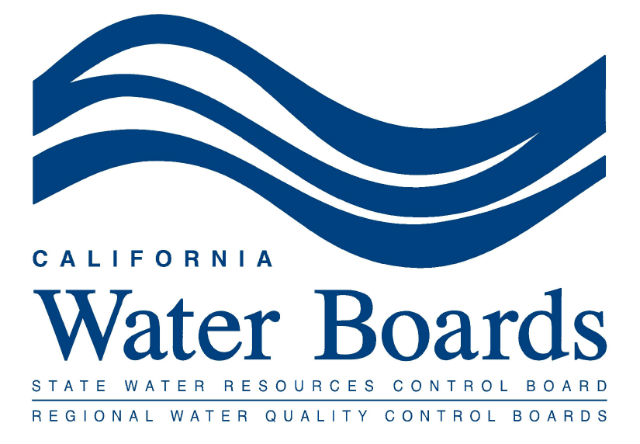Sacramento, CA…Yesterday the State Water Resources Control Board extended its existing water conservation regulations, which prohibit wasteful practices such as watering lawns right after rain and set a conservation mandate only for water suppliers that do not have enough water reserves to withstand three more dry years.
“These regulations have helped Californians rise to the occasion and show what they can do with conservation, while providing flexibility based on differing local water supply conditions across the state,” said Chair Felicia Marcus. “We are beyond happy that water conditions continue to improve this year, but the rainy season isn’t over yet and some areas of the state
continue to suffer significant drought impacts. As glorious as the first half of the season has been, we know that weather can change quickly, and vary depending on where you are, so it is most prudent to wait a bit longer until close of the rainy season to take stock of the statewide situation and decide what to do next.”
While many parts of the state have benefited from this year’s rain and snow, other areas continue to experience the effects of drought, including Central Valley communities that still depend on water tanks and bottled water. Groundwater, the source of at least a third of California’s water supplies, remains significantly depleted in many areas. California has undergone more than five years of extreme drought with significant impacts to communities, agriculture, and fish and wildlife.
Today’s decision maintains existing conservation rules, which transitioned away from specific state-mandated conservation standards last May for urban water suppliers that could demonstrate they have enough water reserves to withstand an additional three dry years. The majority of suppliers passed this “stress test” and have not been subject to state conservation mandates. Under the extended regulation, urban water suppliers that didn’t take or didn’t pass the “stress test” and have been subject to state-set standards are given an opportunity to update their analysis.
Today’s extension also keeps in place monthly reporting of water use by urban water agencies, and reasonable prohibitions against wasteful practices such as watering lawns within 48 hours of a rainstorm, hosing off sidewalks and driveways, or overwatering landscaping to the point where water runs into the streets. Prohibitions also remain against homeowners associations taking action against homeowners trying to conserve during a declared drought, and those prohibitions are extended to cities and municipalities. The rules had been set to expire Feb. 28.
The Board also heard a report today on the statewide water savings for December 2016, which
was 20.6 percent compared with water use in December 2013, an increase from both
November 2016’s 18.9 percent savings and December 2015’s 18.2 percent statewide savings.
Cumulative statewide savings for June 2015 through December 2016 remains at 22.5 percent.
Since June 2015, 2.43 million acre-feet of water have been saved — enough to supply more
than 12 million people, close to a third of the state’s population, for a year. For more
information, see the fact sheet found here.
For more information on the regulation extension, please see the fact sheet found here. While water supplies have improved in many areas, the state’s five-year drought has underscored the need for permanent improvements in California’s long-term efficient water use and drought preparedness, as called for in Governor Brown’s May 2016 Executive Order, which set in motion new programs to make water conservation a way of life in California. As a result of that order, the State Water Board and other State agencies released a draft plan that shifts from statewide mandatory water restrictions toward a set of long-term water-use efficiency standards that reflect California’s diverse climate, landscape, and demographic conditions. The plan also calls for permanently prohibiting wasteful practices, regular reporting by water suppliers, tightening up leaky systems, and strengthening plans for water shortages. These actions will help to ensure all communities have sufficient water supplies and are conserving water regardless of the conditions of any one year.
To learn about all the actions the state has taken to manage our water system and cope with the impacts of the drought, visitDrought.CA.Gov.



